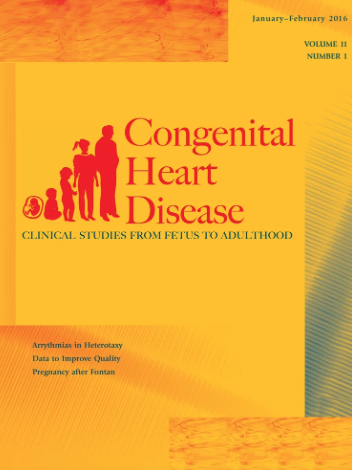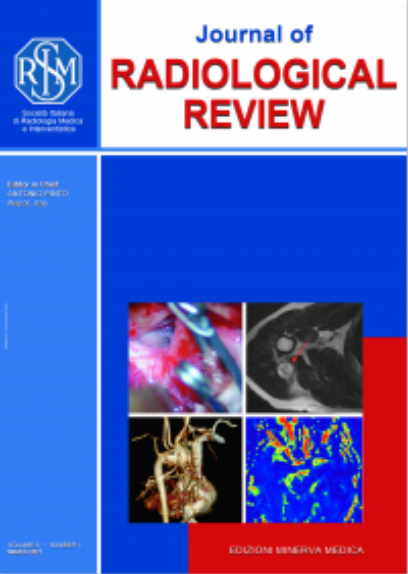Farruggio S1, Capodanno D2, Calvi V2, Silvia A3, Campisi M3, Di Mambro C1, Agati S1, Gitto P1, Caruso E1*
1 Mediterranean Pediatric Heart Center “Bambino Gesù”, San Vincenzo Hospital, Contrada Sirina 98039, Taormina (ME), Italy.
2 Division of Cardiology, CAST, P.O. “G. Rodolico”, Azienda Ospedaliero-Universitaria “Policlinico-Vittorio Emanuele,” University of Catania, Catania, Italy.
3 Pediatric Cardiology Unit, Maternal-Neonatal Department, Azienda di Rilievo Nazionale e Alta Specializzazione “Garibaldi”, Catania, Italy.
*Corresponding Author: Dr. Elio Caruso, Mediterranean Pediatric Heart Center “Bambino Gesù”, San Vincenzo Hospital, Contrada Sirina 98039 Taormina (ME), Italy,
Introduction
Prenatal diagnosis of congenital heart disease (CHD) allowed reduction significantly perinatal morbidity and mortality. The development of new ultrasound technologies and above all the greater experience of the operator permitted us to achieve excellent levels of accuracy in prenatal echocardiography diagnosis and to plan the best therapeutic strategy as well as the delivery in a third-level hospital equipped with cardiac surgery and neonatal intensive care.
The great interest surrounding the prenatal diagnosis of cardiac defects is justified by the epidemiological relevance of the problem, since the incidence is 1% on all live births [1], a potentially even greater percentage if we consider spontaneous abortions and stillbirths.
In Europe, a prevalence of CHD is estimated at 7.2 children per 1,000 live births and 8 per 1,000 considering TOP and fetal deaths [2]. Among premature births, excluding the patency of the ductus arteriosous and atrial septal defects, it reaches 12.5 per 1000 live births [3]. CHD is the major cause of infant mortality, about 3% of all infant deaths and 46% of deaths due to congenital malformations.
CHD represent the main cause of infant death in the western world [4].
Prenatal diagnosis has a strong impact on therapeutic terminations of pregnancy (TOP) and on reducing the prevalence of CHD in live births. A recent analysis [5] evaluated international trends (Europe, America and Asia) on prenatal diagnosis of complex cardiac anomalies and found considerable variability in the prenatal diagnosis rate of heart disease ranging from 13% to 87%. Therefore, the purpose of this study is to analyze the impact of the prenatal echocardiographic diagnosis on our regional population and the outcome of the pregnancy and treatment at birth.
About 18-25% of affected children in natural history die within the first year of life, while 4% of survived do not exceed 16 years [6]. Overall, the CHD is distributed homogeneously in the two genders (males 48.7%, females 51.3%) [7], while there is a different incidence of some specific heart diseases between various ethnic groups. Furthermore, it has been shown that CHD is more frequent in fetuses of twin pregnancies than in single pregnancies [8].
According to a recent meta-analysis [9] in the context of CHD, someone is decidedly more frequent than others, such as ventricular septal defect (VSD), atrial septal defect (ASD), patent ductus arteriosous (PDA), pulmonary stenosis (PS), tetralogy of Fallot (TOF) and transposition of great arteries (TGA). The trend of CHD, without considering septal defects, shows a progressive increase over time with an almost doubled prevalence of obstructions in the right ventricular outflow tract (RVOT) and a reduction of about one third in obstructions in the left ventricular outflow tract (LVOT), probably related to increased TOP due to the diagnosis of CHD such as hypoplastic left ventricular syndrome (HLHS). However, these data are influenced by multiple variables: method of assessment, method of diagnosis, population studied, subjects examined, verification of the diagnosis even after birth, assessment period, inclusion and exclusion criteria, type of classification [10].
Read complete pubblications here






